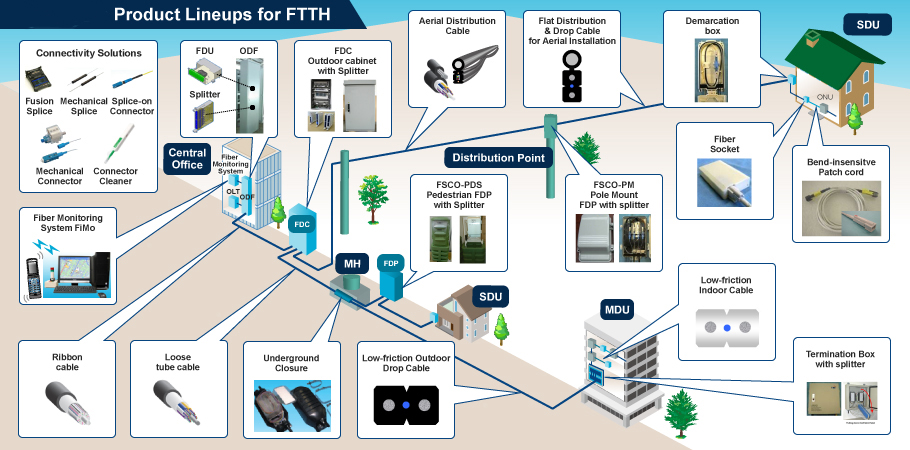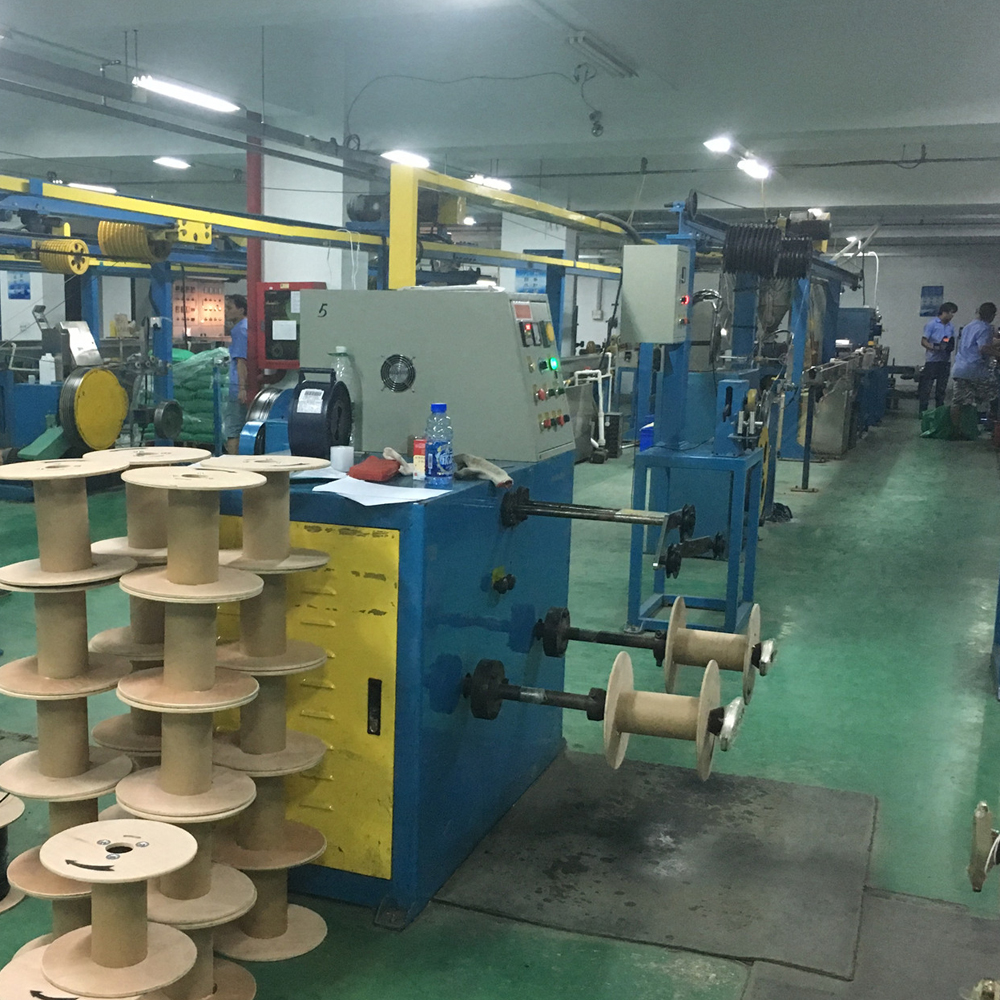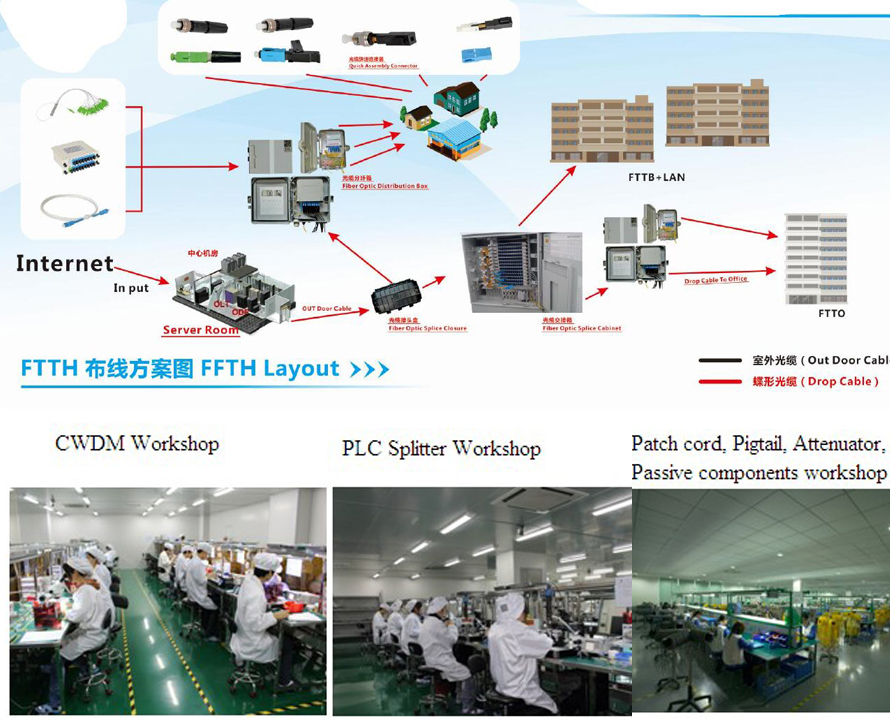Installation of Fiber Optic Accessories
2014-5-30 17:01:21
No Pics.
Introduction
One often sees articles written about fiber optic communications networks that implies that fiber optics is "new." That is hardly the case. The first fiber optic link was installed in Chicago in 1976. By 1980, commercial long distance links were in use and fiber optic data links for RS-232 were available. Since that beginning, fiber has become very commonplace - one should say dominant - in the communications infrastructure.If you make a long distance call today, you are undoubtedly talking on fiber optics, since it has replaced over 90% of all the voice circuits for long distance communications. Most large office buildings have fiber in the building itself. Only the last link to the home, office and phone are not fiber and installations of fiber to the home are growing rapidly.
CATV also has discovered fiber optics, along with compressed digital video. Most large city CATV systems have been converted to fiber optic backbones which allow voice and data transmission in addition to video.
The LAN backbone also has become predominately fiber-based. The back-end of mainframes and storage area networks (SANs) are almost totally fiber. Only the desktop is a holdout, currently a battlefield between the copper and fiber contingents.
Fiber optics offers an unrivaled level of security. It cannot be easily jammed or tapped and is immune to interference. It is widely used for security cameras, perimeter alarms and other critical systems in military, government, utility and civilian applications.
Fiber optics really is the medium of choice for long distance, high bandwidth or secure communications. Lets look at why it is, how to evaluate the economics of copper versus fiber and how to design fiber networks with the best availability of options for upgradeability in the future.
CATV also has discovered fiber optics, along with compressed digital video. Most large city CATV systems have been converted to fiber optic backbones which allow voice and data transmission in addition to video.
The LAN backbone also has become predominately fiber-based. The back-end of mainframes and storage area networks (SANs) are almost totally fiber. Only the desktop is a holdout, currently a battlefield between the copper and fiber contingents.
Fiber optics offers an unrivaled level of security. It cannot be easily jammed or tapped and is immune to interference. It is widely used for security cameras, perimeter alarms and other critical systems in military, government, utility and civilian applications.
Fiber optics really is the medium of choice for long distance, high bandwidth or secure communications. Lets look at why it is, how to evaluate the economics of copper versus fiber and how to design fiber networks with the best availability of options for upgradeability in the future.



